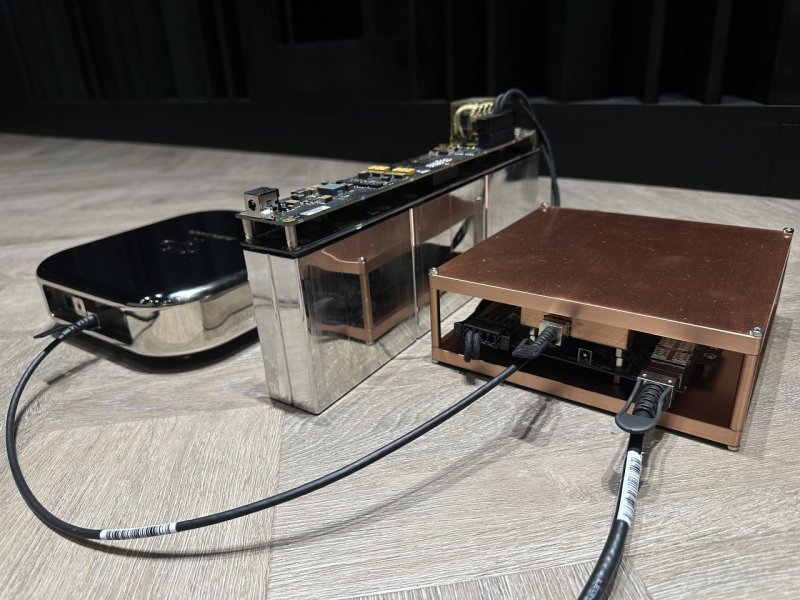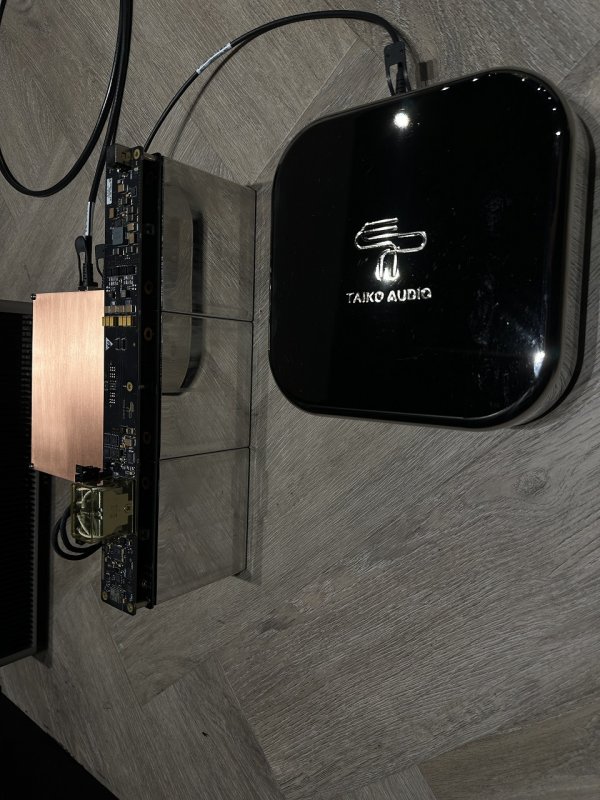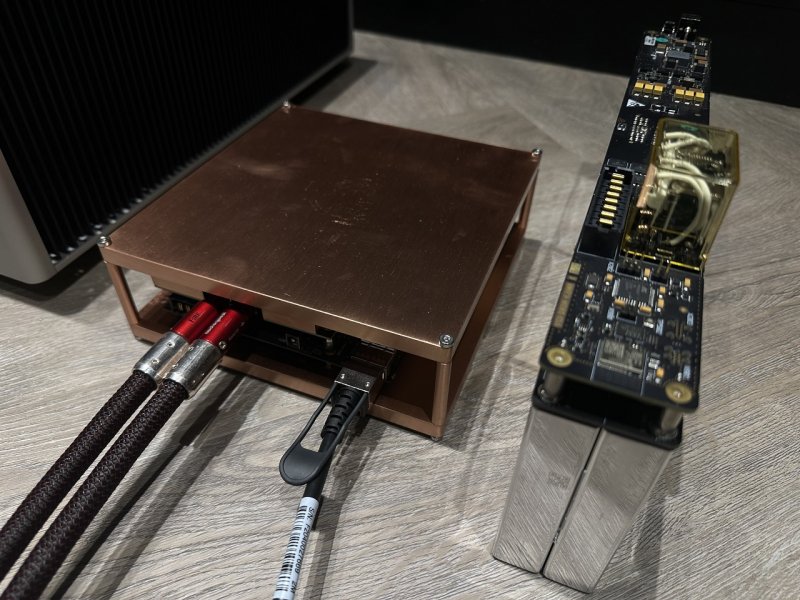Hmm - so the ‘bare‘ Olympus will have USB and ‘XDMI using AES/EBU’ outputs? But AES/EBU has been referred to as constrained legacy technology - does that fact that it is supplied by XDMI mean that its constraints are supervened? And what would the physical connection be between the Olympus I/O and a Lampi DAC? Or did I miss this detail? It is good that you shared news, but it seems that waiting until a more comprehensive set of documentation and pricing is available may enabled greater clarity and headed off many questions (thereby creating less work here for you too!).
XDMI is much more then just the interface to the DAC, it's a combination of software and hardware, AES/EBU does indeed limit it's ultimate potential but it can still take advantage of everything which happens before.









